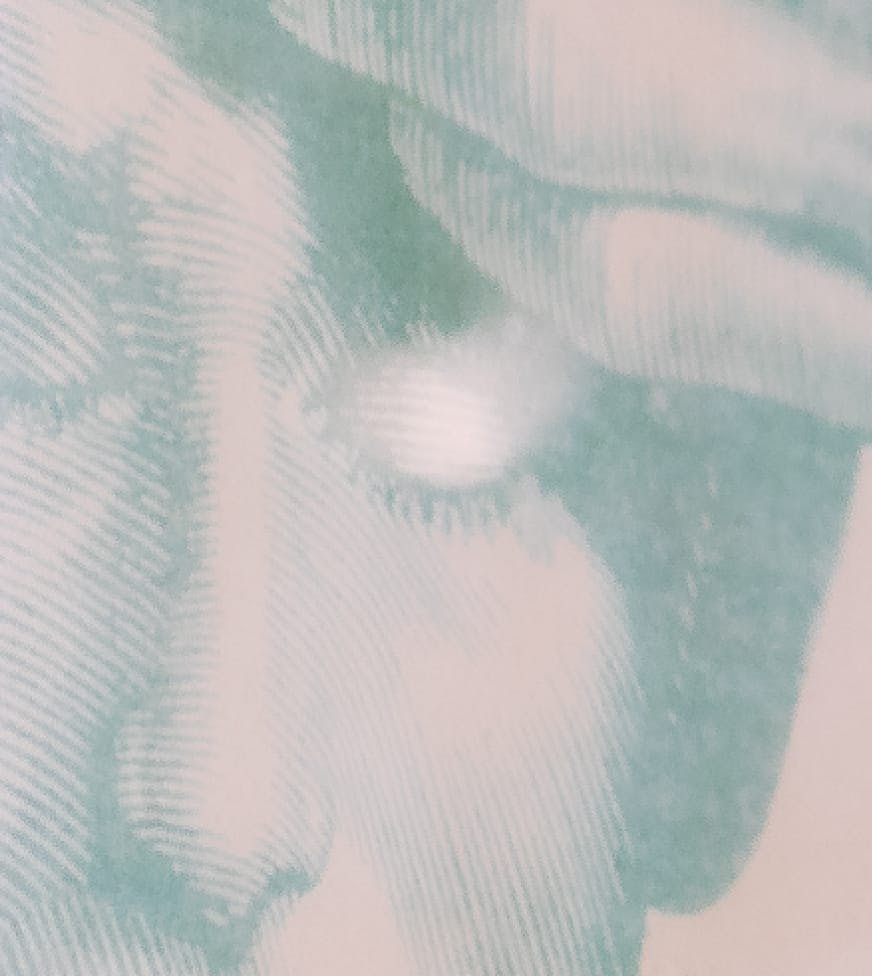Width of the Scar
The scar's width is among the most reliably treatable scarring conditions, and Dr. Maas considers two distinct categories. The first are areas of lower skin tension. Depending on the patient's age, low skin tension areas include the face, neck, and abdomen. Scars in children represent a unique challenge as the skin is highly taut, and special techniques are used as described below, even in the face, to avoid late-term scar "stretch-back." As we discussed above, facial scars can be reliably revised to achieve a width of 1 mm or less.
Scar width in high-tension areas like the back, abdomen, breasts, and extremities (arms and legs) require special attention intraoperatively and post-operatively to reduce the tension or pull across the scar to prevent late-term scar "stretch-back," which many patients experience even if initially the scar looks quite acceptable. Special subcutaneous sutures, which continue to hold the skin edges together for months to years, are used in these cases. These highly biocompatible sutures do not need to be removed and are not visible after the wound is healed. In time, the stretch-back risk is substantially reduced, and the body safely reabsorbed or broken down these sutures.
The color of scars can be particularly distressing as even fine-line scars, when red, hyperpigmented (brown), or hypopigmented (white), can stand out and be quite noticeable. The treatment of scar color problems involves techniques that either improve the color of the scar or blend the color of the surrounding skin to make the scar less visible.
Dark or hyperpigmented scars are treated using a combination of special creams prescribed by a compounding pharmacy. While many over-the-counter scar fade creams are marketed, few (if any) have a real effect compared to a placebo. In addition, most scars in this category will quickly respond to Intense Pulsed Light (IPL) phototherapy and fractionated laser resurfacing (ActiveFX). Compounded combinations of medications placed into creams take longer. Still, they are often more effective in scars in Asian patients, scars in Latin or Hispanic patients, and scars in other ethnic patients with darker skin types.
Scars generally have minimal pigment, and while some laser therapies have been tried unsuccessfully to stimulate pigment production in scars, few options are available to stimulate pigment production in white or hypopigmented scars. Certain formulations of creams, including retinoids and antioxidants, have shown limited success and are certainly worth trying. Still, the best therapies for hyperpigmented scars are to use a combination of techniques we have discussed to minimize the scar's width and disguise the scar in facial lines and boundaries.
Proactive measures, which are quite effective, blend the surrounding skin texture and color using a combination of IPL and fractionated laser resurfacing or dermabrasion. Tanning or surrounding sun damage makes this type of scar particularly noticeable, and phototherapy (IPL) and compulsive sun protection can dramatically reduce their visibility.
Red scars showcase visible signs of ongoing inflammation. There are many reasons for chronic or ongoing inflammation of scars, but it is important to understand that inflammation is part of the wound healing and scarring process. There are ways to accelerate the resolution of redness in scars depending on its cause. Redness is resolved quickly in normal scars within 6-8 weeks. This resolution can be hastened by phototherapy (IPL) and, in some instances, corticosteroids either topically or by injection.
In hypertrophic and keloid scars, the redness and mass of the scar can be improved with intralesional corticosteroid injection (injected directly into the scar) and some combination of phototherapy and fractionated resurfacing.




